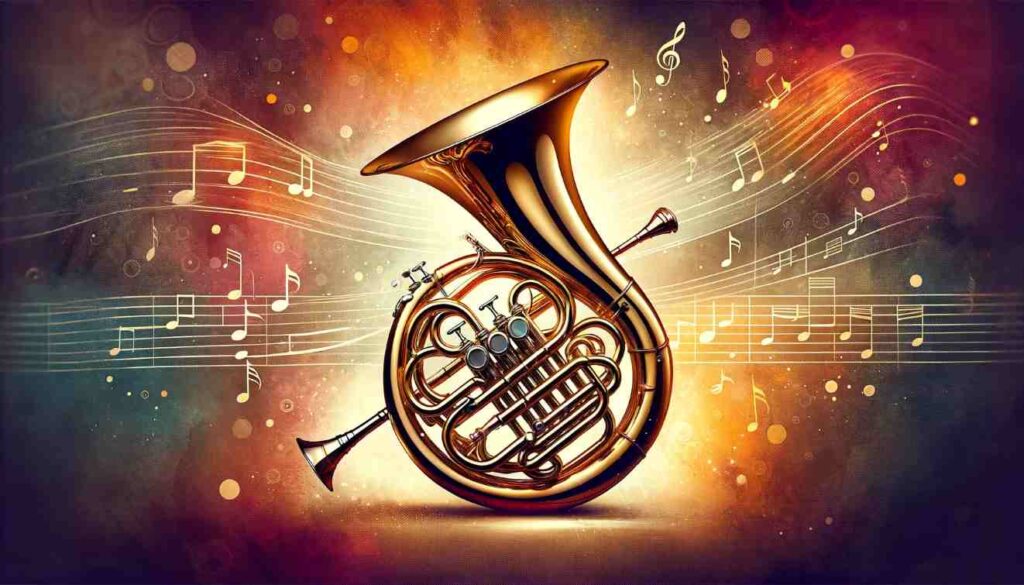The mellophone is a brass instrument that often goes unnoticed in the vast world of music, yet it plays a significant role in ensembles and bands, adding a unique touch to the overall sound. This article delves into the essence of the mellophone, exploring its characteristics, history, and significance in music.
Understanding the Mellophone
The mellophone is a brass wind instrument resembling a small tuba or large trumpet. It is unique in marching bands and drum corps, contributing a distinct sound bridging the gap between the bright brass section and the mellow woodwinds. Its tonal quality is warmer than a trumpet but brighter than a horn, making it an ideal middle ground in the brass family.
History
Tracing its origins back to the 19th century, the mellophone has evolved. Originally designed to cover the parts played by the French horn in marching bands, the mellophone has established its identity as a standalone instrument. Its design and playability have been refined to suit outdoor performances, where it shines the most.
Mellophone in Marching Bands and Drum Corps
In the realm of marching bands and drum corps, the mellophone is indispensable. Its sound, capable of cutting through the air, ensures that melodies and harmonies are heard even in large, open spaces. With its forward-facing bell, this is design projects the sound directly toward the audience, making it more effective in outdoor performances.
Learning to Play the Mellophone
This offers a blend of challenges and rewards for those interested in learning this instrument. Beginners find starting with an essential brass instrument like the trumpet easier before transitioning to the mellophone. The fingerings are similar to those of the trumpet, making the transition smoother for those with brass-playing experience.
The Mellophone’s Role in Music Composition
Composers often use the mellophone to add a distinct colour to their compositions. Its ability to blend with other instruments while maintaining its identity makes it valuable in orchestral and ensemble settings. The mellophone can complement other brass instruments and stand out with its solo passages.
Mellophone Maintenance and Care
Like all brass instruments, this requires regular maintenance. Regular cleaning and oiling valves are crucial to keep them in top playing condition. Careful handling is also essential to avoid dents and damage to the instrument, affecting its sound quality.
Famous Mellophone Players and Pieces
Though less widely recognized than other instruments, notable mellophone players have brought attention to its unique sound. Pieces written explicitly for this are rare, but many marching band and drum corps arrangements feature it prominently, showcasing its versatility.
The Mellophone’s Impact on Music Education
In music education, the mellophone is an excellent tool for teaching the fundamentals of brass playing. Its size and weight make it manageable for younger students, and its straightforward fingering system helps develop a solid foundation for playing other brass instruments.
Mellophone in Different Genres of Music
While primarily seen in marching bands and drum corps, this has also found its way into various music genres. Its adaptability makes it suitable for jazz, classical, and even popular music, where it adds a unique timbre to the sound palette.
The Future of the Mellophone
As music evolves, so does the role of this. With ongoing developments in instrument manufacturing and music composition, new adaptations and uses will likely be seen. Its unique sound ensures it will remain a valuable and exciting part of musical ensembles.
Conclusion
This is more than just an instrument; it’s a vital part of the musical landscape, providing a unique voice in brass instruments. Its versatility, history, and distinctive sound make it an intriguing subject for any music enthusiast. As we continue to explore and appreciate the world of music, this remains an integral piece, contributing its unique essence to the rich tapestry of sound.

